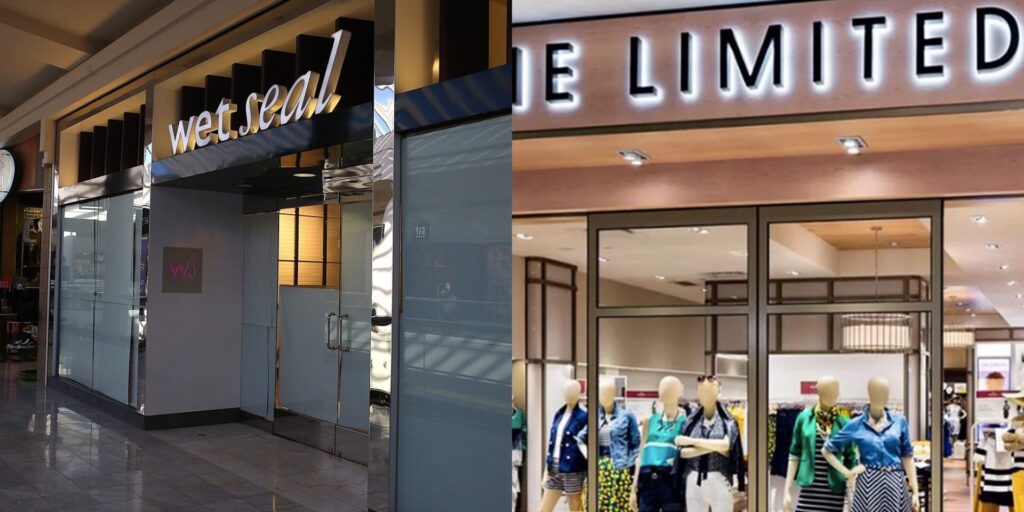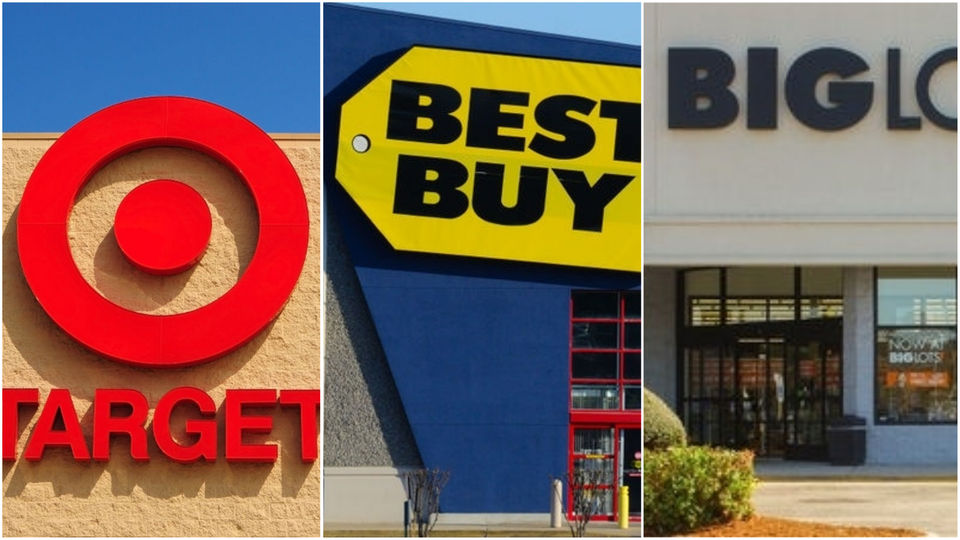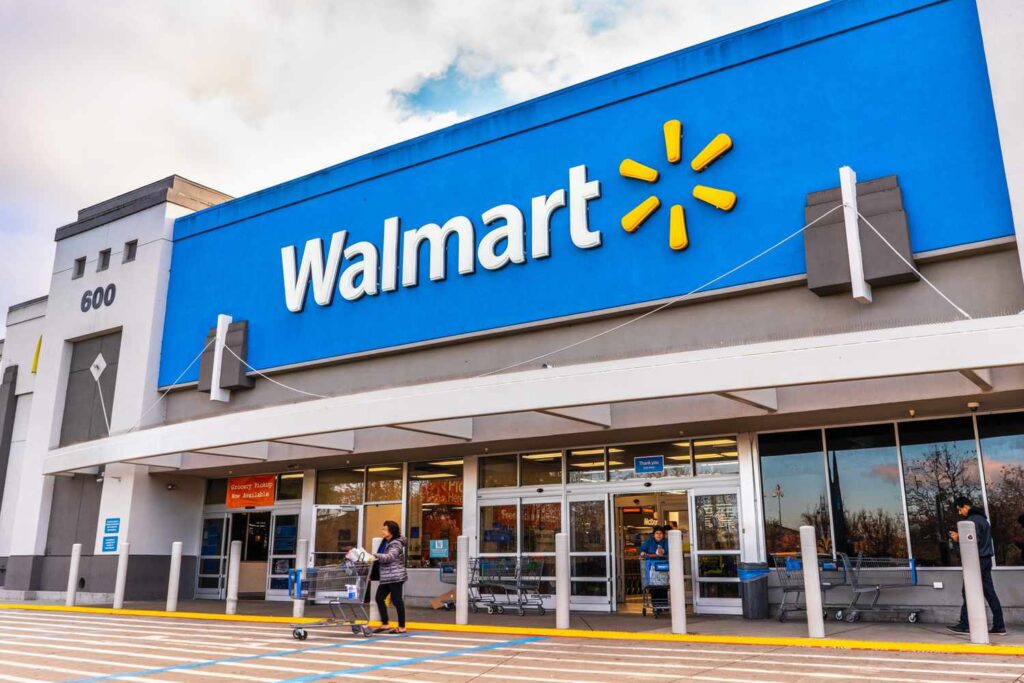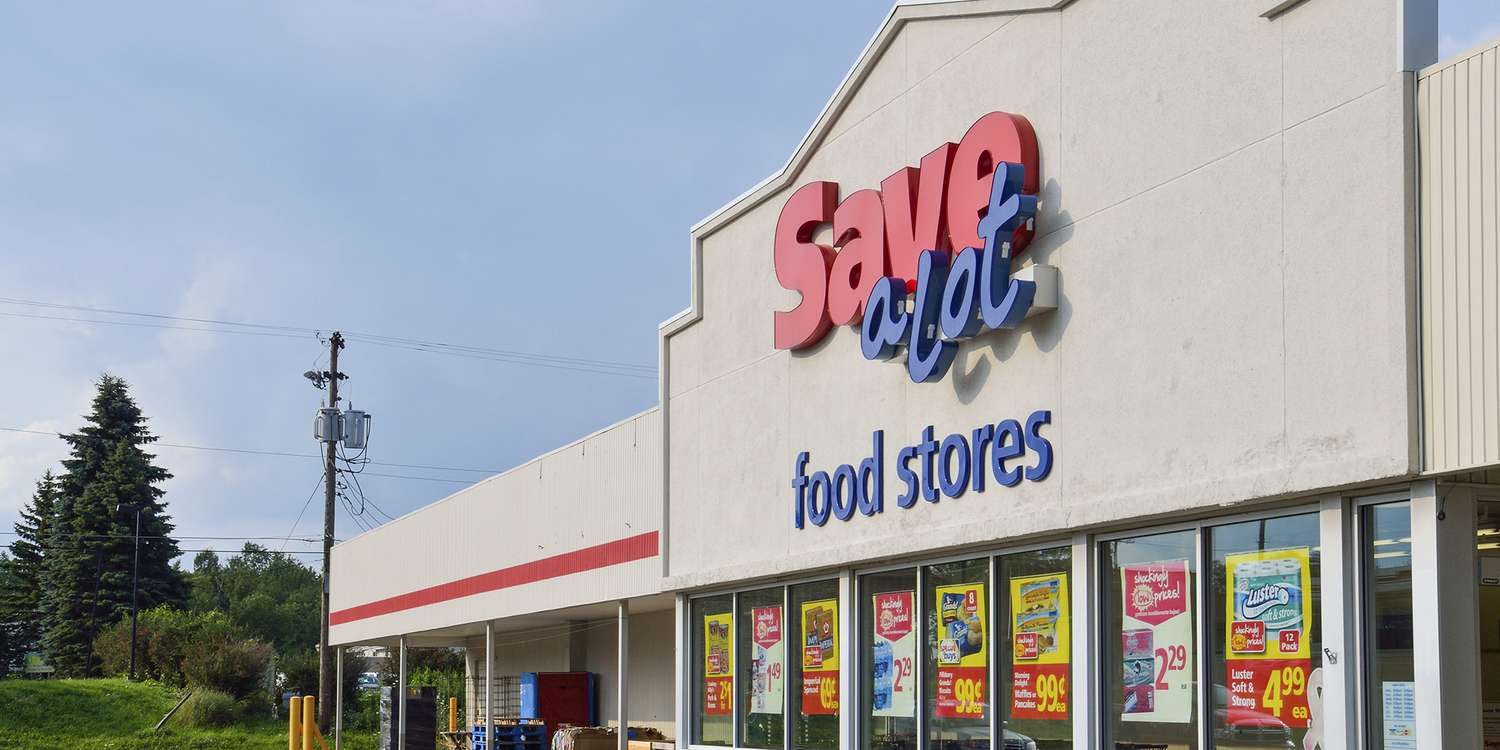Retail Therapy: How Stores Are Shaping Cultural Experiences Worldwide
Retail spaces have undergone a remarkable transformation over the years, evolving from mere transactional venues to vibrant cultural hubs. Gone are the days when stores were solely functional, focusing solely on selling products. Today, they serve as experiential destinations that cater to diverse consumer needs and preferences. With the rise of e-commerce, physical retailers have been compelled to reevaluate their strategies and create immersive environments that offer more than just merchandise. From flagship stores adorned with cutting-edge technology to pop-up shops that double as art installations, the retail landscape has become synonymous with innovation and creativity.
One of the key drivers behind this shift is the increasing demand for authentic experiences. In an era dominated by digital interactions, consumers crave tangible encounters that engage their senses and evoke emotions. Retailers have responded by curating spaces that tell compelling stories and foster meaningful connections with their audience. By integrating elements of entertainment, education, and community engagement, they are able to differentiate themselves in a crowded marketplace and forge deeper bonds with customers. Whether it’s a themed concept store that transports visitors to another era or a wellness-focused boutique that hosts workshops and events, retailers are leveraging experiential design to enhance the overall shopping experience.
Moreover, the blurring of boundaries between online and offline channels has reshaped the way retailers approach brick-and-mortar establishments. Recognizing the need for seamless omnichannel integration, many brands have adopted a phygital approach that seamlessly merges the physical and digital realms. Interactive displays, augmented reality mirrors, and mobile-enabled experiences are just a few examples of how technology is being leveraged to bridge the gap between the two worlds. This convergence not only enhances convenience and personalization but also creates new opportunities for storytelling and brand expression. As a result, retail spaces have become more fluid and dynamic, capable of adapting to changing consumer behaviors and preferences.
Cultural Influences on Retail Design

The design of retail spaces is deeply influenced by cultural factors, reflecting the unique identities and values of different regions around the world. From the bustling markets of Asia to the chic boutiques of Europe, each locale offers its own interpretation of the shopping experience. Cultural nuances such as architecture, aesthetics, and social norms play a significant role in shaping the design language of retail environments, imbuing them with a sense of place and identity. By embracing local traditions and customs, retailers can create spaces that resonate with the communities they serve and foster a sense of belonging.
In addition to reflecting cultural heritage, retail design also serves as a platform for cultural exchange and innovation. In today’s globalized world, consumers are increasingly exposed to diverse influences from around the globe, fueling a desire for authenticity and diversity. Retailers have responded by embracing multiculturalism and incorporating elements from different cultures into their stores. Whether it’s showcasing indigenous craftsmanship, celebrating cultural festivals, or collaborating with local artists and designers, brands are tapping into the rich tapestry of global culture to create inclusive and immersive experiences for their customers.
Furthermore, the evolution of retail design is closely intertwined with broader societal trends and movements. From the rise of sustainable fashion to the growing emphasis on wellness and mindfulness, retailers are adapting their spaces to reflect changing consumer values and priorities. Eco-friendly materials, biophilic design elements, and wellness-focused amenities are becoming increasingly common in retail environments, as brands seek to align themselves with the values of conscious consumers. By embracing sustainability and social responsibility, retailers can not only attract environmentally and socially conscious shoppers but also contribute to positive change on a global scale. In addition, the integration of testosterone telemedicine services could further cater to the holistic well-being needs of their clientele, ensuring a comprehensive approach to health and wellness.
The Future of Retail Experience
As technology continues to advance at a rapid pace, the future of retail experience holds limitless possibilities. From artificial intelligence and virtual reality to blockchain and 3D printing, emerging technologies are poised to revolutionize the way we shop and interact with brands. Virtual reality shopping experiences that allow customers to browse products in a virtual environment, personalized AI assistants that offer tailored recommendations based on individual preferences, and blockchain-powered supply chains that provide greater transparency and traceability are just a few examples of how technology is reshaping the retail landscape. In Portland, some individuals are also exploring novel experiences like private psilocybin sessions in Portland, adding another layer to the city’s diverse offerings.

Moreover, the concept of retailtainment is gaining traction as brands seek to create memorable and engaging experiences that go beyond traditional shopping. From interactive installations and immersive pop-up events to live performances and workshops, retailers are embracing entertainment as a means of attracting and retaining customers. By transforming stores into entertainment destinations, they are able to captivate audiences and foster emotional connections that drive loyalty and advocacy. As the boundaries between retail, entertainment, and hospitality continue to blur, the possibilities for innovative and experiential retail experiences are virtually limitless. Additionally, offering specialized services like vehicle tune-up service in Toronto can further enhance customer engagement and satisfaction.
Sustainability in Retail Design
In recent years, sustainability has emerged as a defining theme in retail design, driven by growing awareness of environmental issues and consumer demand for eco-friendly products and practices. Movers in Bellevue are increasingly prioritizing sustainability in their design strategies, incorporating green building materials, energy-efficient technologies, and eco-conscious practices into their offices. From solar panels and rainwater harvesting systems to recycled materials and biodegradable packaging, brands are finding innovative ways to reduce their environmental footprint and minimize waste. By embracing sustainable design principles, retailers can not only reduce their impact on the planet but also appeal to environmentally conscious consumers who value sustainability as a key factor in their purchasing decisions.
The Rise of Community-Centric Retail
In an age of increasing social isolation and digital connectivity, retailers are embracing a community-centric approach to design, creating spaces that foster social interaction, collaboration, and connection. From co-working spaces and community gardens to interactive workshops and events, brands are transforming their stores into vibrant hubs where customers can come together to share ideas, experiences, and interests. By curating community-driven experiences and fostering a sense of belonging, retailers can build loyal communities of customers who feel emotionally invested in their brand and mission. In a world where consumers crave authentic connections and meaningful experiences, escape room in Seattle challenges could be an exciting addition to this mix, encouraging teamwork and problem-solving among participants, further enhancing the sense of camaraderie and excitement within these community spaces. Community-centric retail design offers a powerful way for brands to differentiate themselves and build lasting relationships with their audience.
Personalization and Customization
As consumer expectations continue to evolve, retailers are increasingly turning to personalization and customization to enhance the shopping experience and meet the individual needs and preferences of their customers. Advances in technology, such as artificial intelligence and machine learning, have made it easier than ever for brands to collect and analyze customer data, enabling them to offer personalized product recommendations, tailored promotions, and customized shopping experiences. From personalized clothing fittings and virtual try-on tools to customized product design and one-of-a-kind experiences, retailers are empowering customers to co-create their own unique shopping journey. By putting the power of personalization in the hands of the consumer, brands can build deeper connections with their audience and drive loyalty and advocacy in an increasingly competitive marketplace.
The Role of Retail in Urban Regeneration
Retail has long played a central role in urban regeneration, serving as a catalyst for economic growth, revitalization, and community development in cities around the world. As urban populations continue to grow and cities become increasingly dense and diverse, the role of retail in shaping the urban landscape is more important than ever. Retailers are increasingly leveraging their stores as anchors for mixed-use developments, blending retail, residential, office, and entertainment spaces to create vibrant, walkable neighborhoods that attract residents, workers, and visitors alike. By investing in urban regeneration projects, retailers can not only contribute to the economic vitality of cities but also create inclusive and sustainable communities that enhance quality of life for all.
The Future of Retail Workforce
As automation and artificial intelligence continue to reshape the retail landscape, the role of the retail workforce is undergoing a profound transformation. While technology has the potential to streamline operations and improve efficiency, it also raises questions about the future of jobs and the human impact of automation. Retailers are grappling with how best to leverage technology to enhance the customer experience while also supporting and empowering their employees. From upskilling and reskilling programs to flexible work arrangements and employee wellness initiatives, brands are exploring new ways to adapt to the changing nature of work and ensure that their workforce remains engaged, motivated, and resilient in the face of technological disruption.
The Intersection of Retail and Healthcare
In recent years, there has been a growing convergence of retail and healthcare, as retailers seek to expand their offerings beyond traditional merchandise and services into the realm of health and wellness. From pharmacies and medical clinics to fitness centers and wellness spas, retailers are increasingly incorporating healthcare services into their stores, providing customers with convenient access to essential healthcare resources and services. By integrating healthcare into retail environments, brands can not only meet the evolving needs of their customers but also position themselves as trusted partners in their health and well-being. As consumer demand for holistic and integrated healthcare solutions continues to grow, the intersection of retail and healthcare offers exciting opportunities for innovation and collaboration in the years to come.
The Rise of Social Commerce

Social media has emerged as a powerful force in shaping consumer behavior and driving purchasing decisions, blurring the lines between social interaction and commercial activity. Retailers are increasingly harnessing the power of social commerce to engage with customers, build brand awareness, and drive sales. From shoppable posts and influencer collaborations to live-streaming events and virtual shopping parties, brands are finding creative ways to leverage social media platforms to connect with their audience and facilitate seamless shopping experiences. By integrating social commerce into their retail strategy, brands can tap into the vast potential of social media to drive growth and cultivate loyal communities of customers who are eager to share their experiences and recommendations with others.
The Evolution of Retail Technology
Technology continues to play a central role in shaping the future of retail, enabling brands to innovate and adapt to changing consumer preferences and behaviors. From artificial intelligence and machine learning to augmented reality and the Internet of Things, retailers are embracing a wide range of technologies to enhance the shopping experience and drive business growth. Smart shelves that automatically track inventory levels, chatbots that provide personalized customer support, and mobile payment solutions that offer convenience and security are just a few examples of how technology is transforming the retail landscape. By staying at the forefront of technological innovation, brands can stay competitive in a rapidly evolving marketplace and deliver the seamless and personalized experiences that today’s consumers demand.

